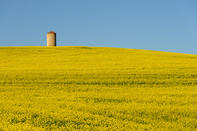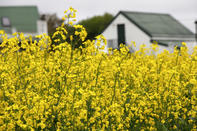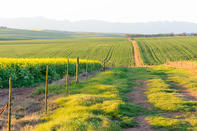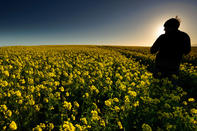Canola is produced from fine seed, so should be planted no deeper than 3 cm, which is shallower than for most grain crops.

For optimal germination in canola cultivation, the seedbed soil should be fine without large clods, moist and not compacted. When culivating canola, delayed germination will make it difficult for seedlings to compete with weeds and also render them more susceptible to diseases.
Varieties

Various varieties are available in South Africa, classified according to their chilling requirements. The Agricultural Research Centre in South Africa advises farmers to consider plant diseases, growing length, yield potential and problem weeds when selecting canola varieties and also to choose a mixture to reduce production risks. Days to flowering varies from 70 to 120 days.
New Varieties
The development of new canola varieties is an on-going process aimed at improving the competitiveness and income potential of a crop. New varieties are tested for either resistance to various herbicides or diseases, or for better health properties.
Planting

Planting densities will differ from one farm to another, depending on the planting equipment and soil conditions. Generally, a seeding density of three to four kilograms per hectare is used, with the plants being evenly spaced out for optimal germination. In South Africa Canola is usually planted from after the first rains in April until early June. The crop is sensitive to heat and drought stress during germination and flowering.
Fertilisation

While shortages of any nutrients will have an impact on production, nitrogen and sulphur are the key elements associated with yield improvement. Volumes needed depends on the crop that was produced the year before, the soil type, climatic factors, the type of fertiliser used and the type of production, for example, whether conservation farming methods are used or not.
Ask an extension officer or fertiliser expert to help you develop a programme that would address the nutritional requirements of your crop at specific growth stages. As fertiliser needs to be applied when the plant needs it most to be cost-effective.To prevent seed damage, nitrogen and potassium should be placed away from the seed and nitrogen applications should be divided into two to three applications.